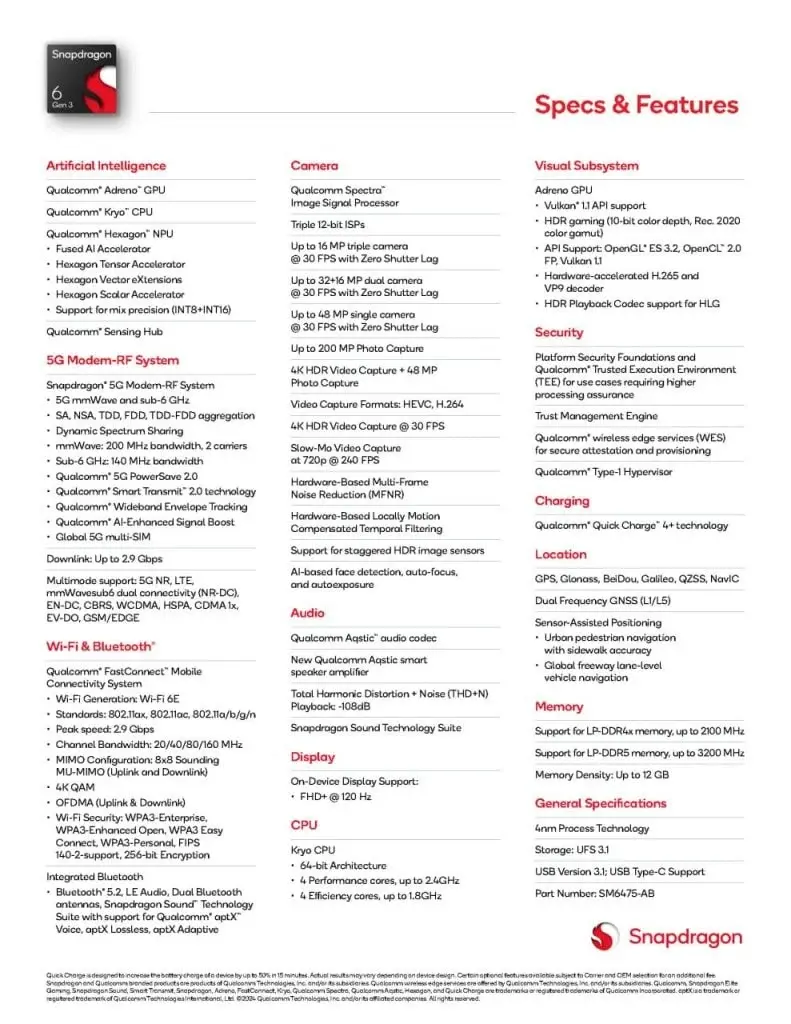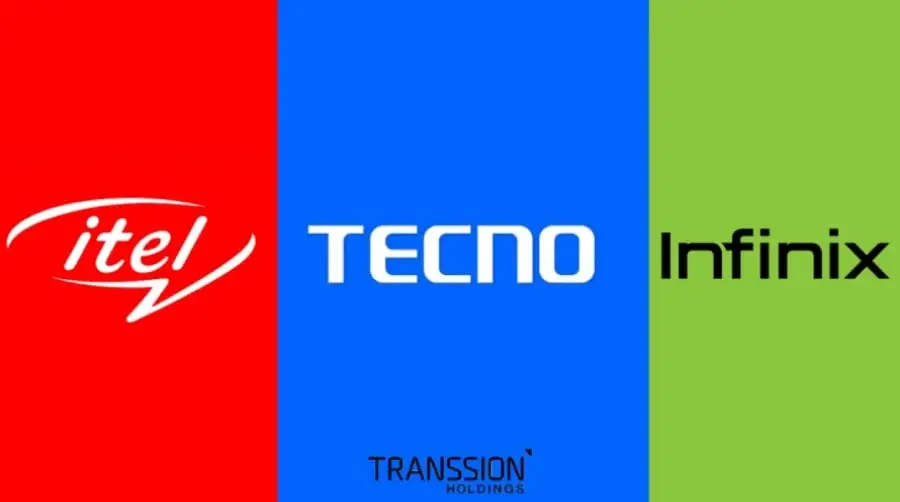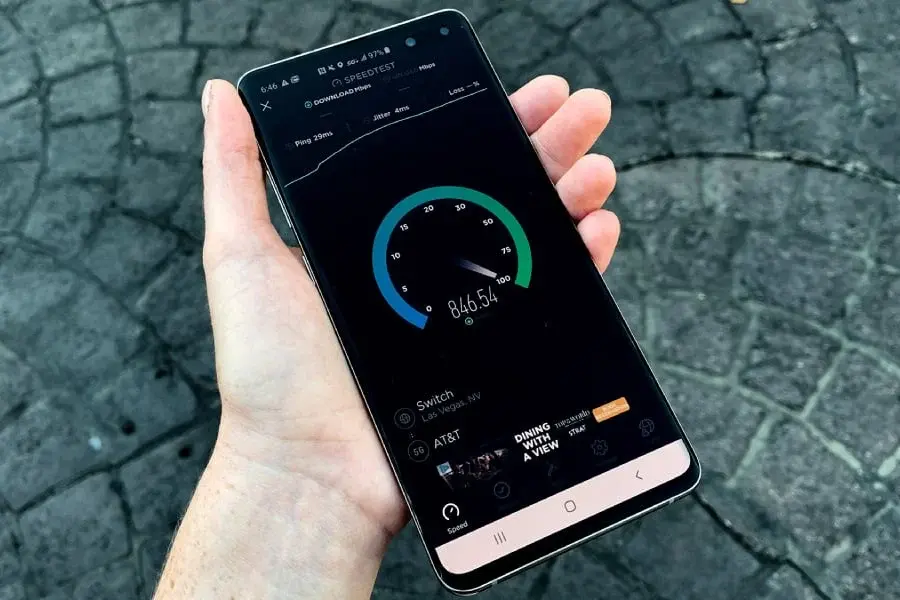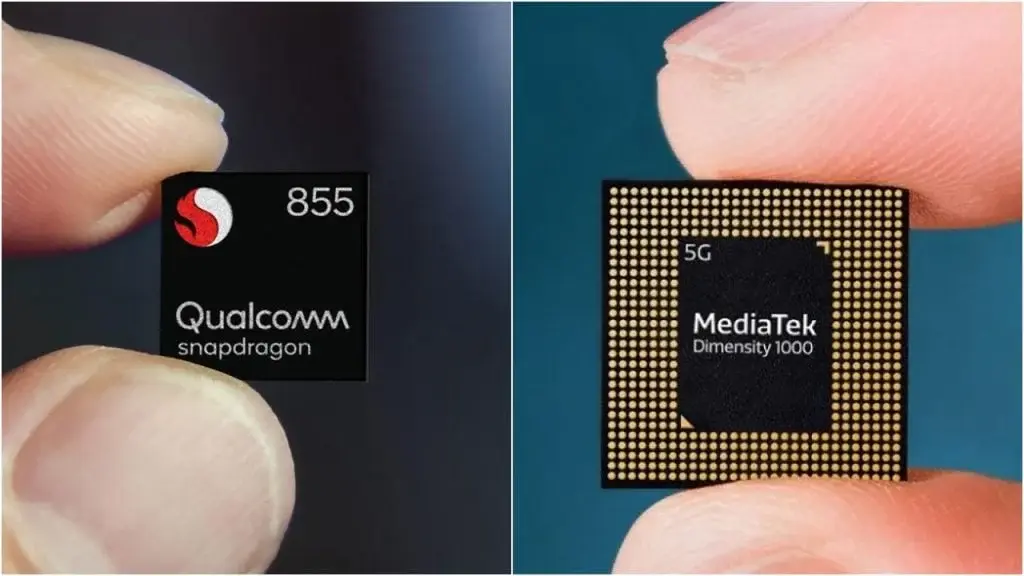Qualcomm has rolled out a new processor, the Snapdragon 6 Gen 3. This chipset, which goes by the code name SM6475-AB, was introduced quietly by the company. It’s designed to be the powerhouse for budget-friendly smartphones. Interestingly, this chipset is essentially an underclocked variant of the Snapdragon 7s Gen 2.
Snapdragon 6 Gen 3 Specifications
The Snapdragon 6 Gen 3 is a notable addition to Qualcomm’s lineup. By incorporating this chipset, smartphone manufacturers can provide users with high-performing devices at a lower cost.
This processor boasts 4 performance-focused 2.4 GHz Cortex-A78 cores and 4 efficiency-focused 1.8 GHz Cortex-A55 cores. On the graphics end, it is equipped with the Adreno 710 GPU. Furthermore, it supports both LPDDR4x and LPDDR5 RAM and is compatible with UFS 3.1 storage.
Comparison with Snapdragon 7s Gen 2
The Snapdragon 7s Gen 2 also features 4 performance-oriented 2.4GHz Cortex-A78 cores and 4 efficiency-focused 1.95GHz Cortex-A55 cores, along with the Adreno 710 GPU. The similarities between the 6 Gen 3 and the 7s Gen 2 are striking. However, the 7s Gen 2 offers support for a 144Hz refresh rate at FHD+ resolution, a capability absent in the 6 Gen 3. Aside from this, there are no other differences, and the Snapdragon 6 Gen 3 doesn’t bring any new features to the table. Essentially, Qualcomm has reintroduced the same processor with a different label.















